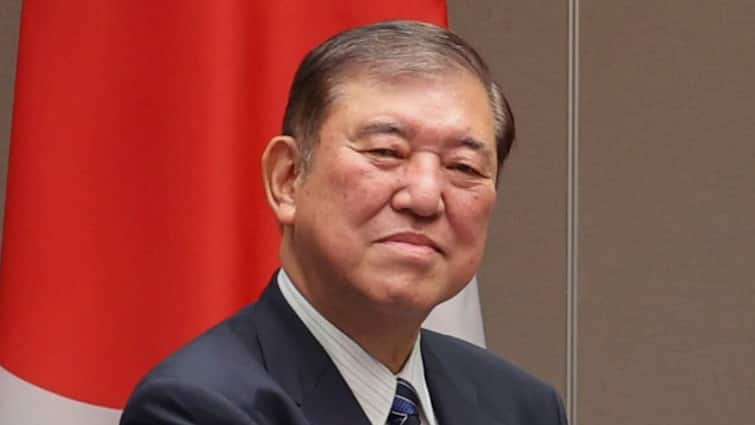Japan’s Prime Minister Shigeru Ishiba on Sunday announced his resignation, bowing to intensifying calls within his Liberal Democratic Party (LDP) to take responsibility for its crushing defeat in July’s parliamentary elections. At a press conference, Ishiba, 68, said he had instructed the ruling party to organise an emergency leadership contest and pledged to remain in office until a successor is chosen.
Election Losses Seal Ishiba’s Fate
The veteran leader, who assumed office less than a year ago in October, has presided over back-to-back setbacks in both houses of parliament. His coalition government first lost its majority in the lower house, followed by a stinging defeat in the 248-seat upper chamber in July, a blow that shook the party’s grip on power.
Initially, Ishiba had resisted demands to step down, particularly from right-wing opponents within his party, arguing that his departure would trigger a political vacuum during a period of economic and diplomatic strain. However, pressure mounted as senior figures, including Agriculture Minister Shinjiro Koizumi and former Prime Minister Yoshihide Suga, reportedly advised him to resign ahead of a scheduled LDP vote on Monday.
“Given the political pressure mounting on Ishiba after the LDP’s repeated election losses, his resignation was inevitable,” Kazutaka Maeda, an economist at the Meiji Yasuda Research Institute, told Reuters.
Trade Deal With U.S. Among Last Acts
Despite the political turmoil, Ishiba pushed through a major trade pact with the United States last week. Under the deal, Japan committed $550 billion in investments in exchange for lower tariffs from U.S. President Donald Trump, easing pressure on the country’s key automotive industry.
“With Japan having signed the trade agreement and the president having signed the executive order, we have passed a key hurdle,” Ishiba said, his voice catching with emotion, as quoted by Reuters. “I would like to pass the baton to the next generation.”
In recent weeks, Ishiba also convinced Trump to reduce tariffs imposed on Japan from 25% to 15%, describing it as a step towards what he called “the golden era” of the Japan–U.S. alliance.
Successor Race Heats Up
Speculation has now shifted to Ishiba’s replacement. According to Reuters and the Associated Press, potential candidates include Shinjiro Koizumi, the charismatic farm minister seen as a rising star; former Economic Security Minister Sanae Takaichi, known for her advocacy of expansionary fiscal policies and opposition to steep interest rate hikes; and Chief Cabinet Secretary Yoshimasa Hayashi, a protégé of former Prime Minister Fumio Kishida.
Ishiba narrowly defeated Takaichi in last year’s LDP leadership run-off, but she is now viewed as a strong contender. Markets are watching closely, with investors anticipating the policy direction the new leader may take.
“As for potential successors, Koizumi and Takaichi are seen as the most likely candidates. While Koizumi is not expected to bring major changes, Takaichi’s stance on expansionary fiscal policy and her cautious approach to interest rate hikes could draw scrutiny from financial markets,” Maeda said, as per Reuters.
Political Uncertainty Looms, Snap Polls Expected
The LDP’s lack of a majority in either house means the next leader may struggle to govern without opposition support. Analysts quoted by AP noted that the new leader could consider calling a snap election to seek a fresh mandate.
Meanwhile, far-right outfit Sanseito made significant gains in the July upper house polls, signalling a shift in Japan’s political landscape as once-fringe views enter mainstream debate.
A Kyodo News poll published Sunday found that nearly 55% of respondents saw no need for an early election.
With Ishiba stepping aside, the LDP is expected to schedule its presidential election in early October. Until then, Japan’s political and economic uncertainty remains in sharp focus.



